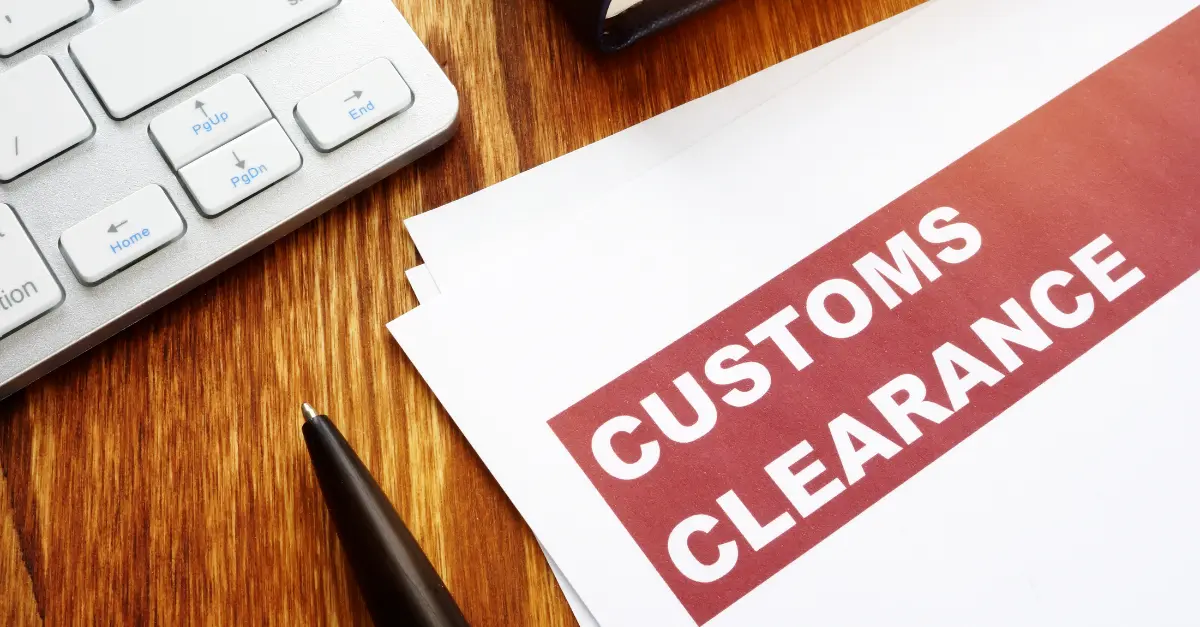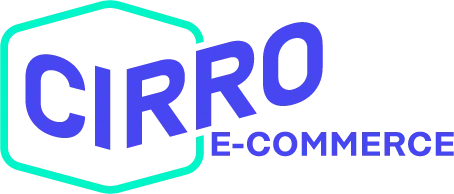Are you an e-commerce seller navigating the complexities of U.S. customs regulations? Among the various entry types, T86 and Section 321 are significant options for low-value shipments. Discover the key differences and essential tips to streamline your customs clearance process and optimize your shipping strategy.
What is T86?
A streamlined process for importing low-value goods into the United States. This entry type is designed to simplify the clearance of goods valued at $800 or less, excluding goods subject to other agency requirements.
| Key features and requirements | Benefits | Examples of using T86 for importers |
| -Applicable to shipments valued at $800 or less. -Requires electronic shipment details and Entry Summary (CBP Form 7501). -Subject to the same duties, taxes, and fees as regular imports, unless exempted. | -Faster clearance process compared to regular entries. -Reduced paperwork and administrative burden. -Suitable for frequent, low-value shipments. | -Consumer electronics. -Apparel and accessories. -Household items. |
What is Section 321?
An administrative exemption to admit free from duty and tax shipments of merchandise (other than bona fide gifts and certain personal and household goods) imported by one person on one day having an aggregate fair retail value in the country of shipment of not more than $800.
| Key features and requirements | Benefits | Examples of using T86 for importers |
| -Applicable to shipments valued at $800 or less per day. -No formal entry or Entry Summary is required. -Goods must be imported by one person in one day. -Exempt from duties, taxes, and fees. | -Complete exemption from duties and taxes for qualifying shipments. -Minimal documentation requirements. -Ideal for e-commerce and direct-to-consumer shipments. | -Books and printed materials. -Small electronic devices. -Personal gifts. |
Key Differences Between T86 and Section 321
Entry Type 86 (T86) enhances Section 321 by allowing entry of shipments valued under $800, which may be subject to Participating Government Agency (PGA) regulations. If your goods fall under PGA oversight, they must be filed through T86. This program uses the Automated Commercial Environment (ACE) system to streamline the clearance process for such goods.

Practical tips for customs clearance
Advanced data submission
Take advantage of electronic filing systems to expedite the clearance process. Submit advance electronic data (AED) to U.S. Customs and Border Protection (CBP) for faster processing.
Avoid splitting shipments to misuse the exemption policy
For transactions with a total value exceeding $800, splitting shipments to avoid taxes when importing into the U.S. is against regulations. In the future, CBP will utilize digital technology to rigorously monitor the daily cumulative import value of parcels per individual. Parcels that violate these rules will not be eligible for T86 clearance.
Detailed documentation and labeling
According to CBP data, 26.8 million parcels in 2023 had vague item descriptions, and 13.488 million in the first half of 2024. This has led CBP to release a list of prohibited vague descriptions and to require product links or images. To expedite clearance, it’s essential to use more detailed, accurate, and specific product descriptions that allow customs to quickly identify the product’s use and materials.
Check the full list of vague shipment descriptions here: https://www.cbp.gov/trade/basic-import-export/e-commerce
Final words
These options streamline the process for low-value shipments, each with its unique benefits and requirements. If you are not familiar with the customs clearance process, consider collaborating with a cross-border shipping provider like CIRRO E-Commerce to help you navigate complexities and ensure shipment quality.

